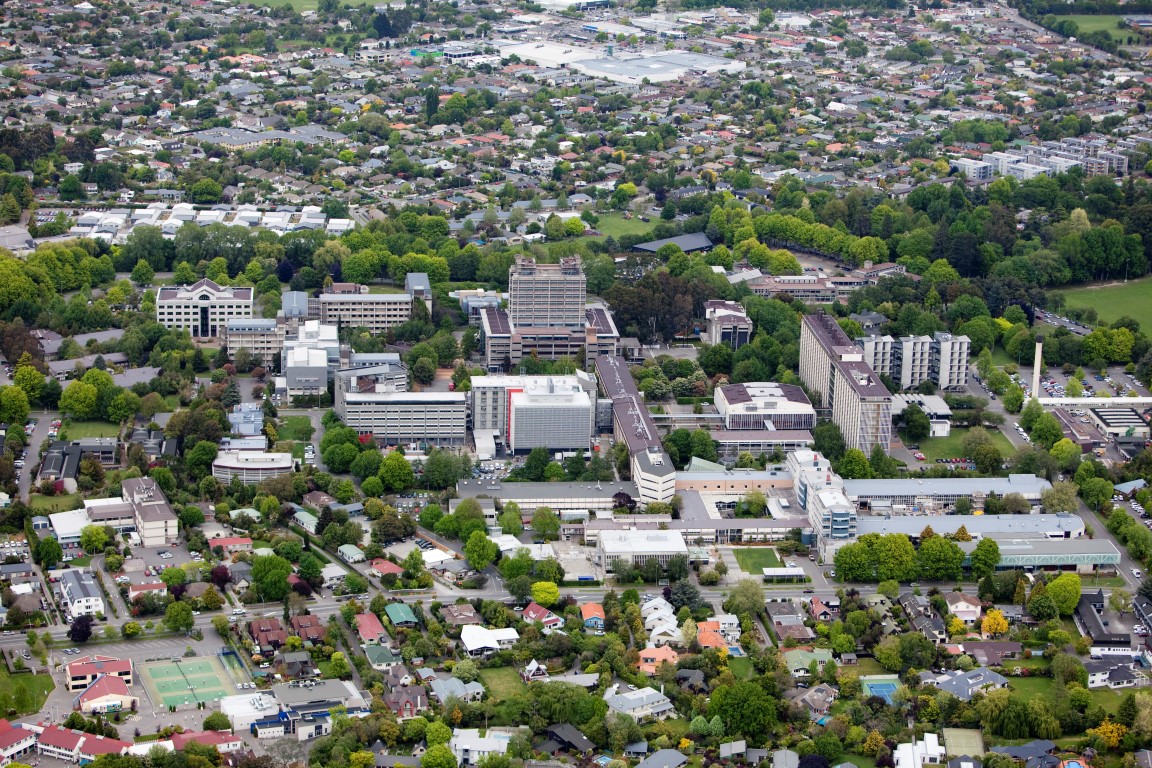

Natural disaster is a risk that every organisation needs to manage. We learnt that effective recovery begins before a disaster happens, and that the CEO should focus on five key areas. While there is a degree of chronological progression from one area to the next, clear breaks are unlikely and they are likely to overlap and run concurrently.
- Before the disaster
The CEO should focus on building networks. This means having relationships of trust and confidence with government and other advocates. Strong networks with other universities are particularly important when disaster strikes. After the earthquakes, we needed temporary homes for students to avoid study interruption, and several colleague institutions stepped up to provide places. Relationships like this take time to mature, but you will need to move quickly when disaster hits. So, begin now to build a network of stakeholders who will be ready to go into bat for you when you need them.
- Immediate response
In the immediate crisis the CEO needs to take charge, and be seen to be in control. On the day of the largest earthquake, the UC Council delegated authority to the VC to take any action that was legal in support of the organisation. Normal decision-making processes were suspended during the four-week period in which this delegation was effective, meaning the VC could act promptly and with confidence as issues arose.
- Recovery
Disaster can create an opportunity for significant organisational improvement. In the recovery stage, the CEO should facilitate the strategic forward vision and sow the seeds of desired change. Recovery should begin as soon as the immediate response phase has passed and can occur alongside facilities repair. For us, the recovery stage lasted over seven years.

- Transformation
Change will be a necessary part of the recovery phase, with altered working and teaching environments driving different styles of day-to-day operation. But, once facilities are repaired and the organisation is on a more stable footing, it is time for active implementation of the change plan.We entered this phase eight years out from the major earthquake, embedding the organisational vision that was articulated when recovery began.
- Growth
Next, the CEO’s focus turns outwards, to ensure the organisation contributes to and benefits from the growth opportunities presented by recovery in the surrounding region. Networks become a priority again as the organisation adjusts to a new business as usual.